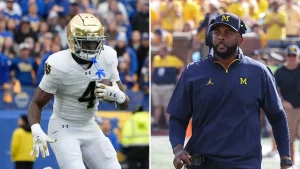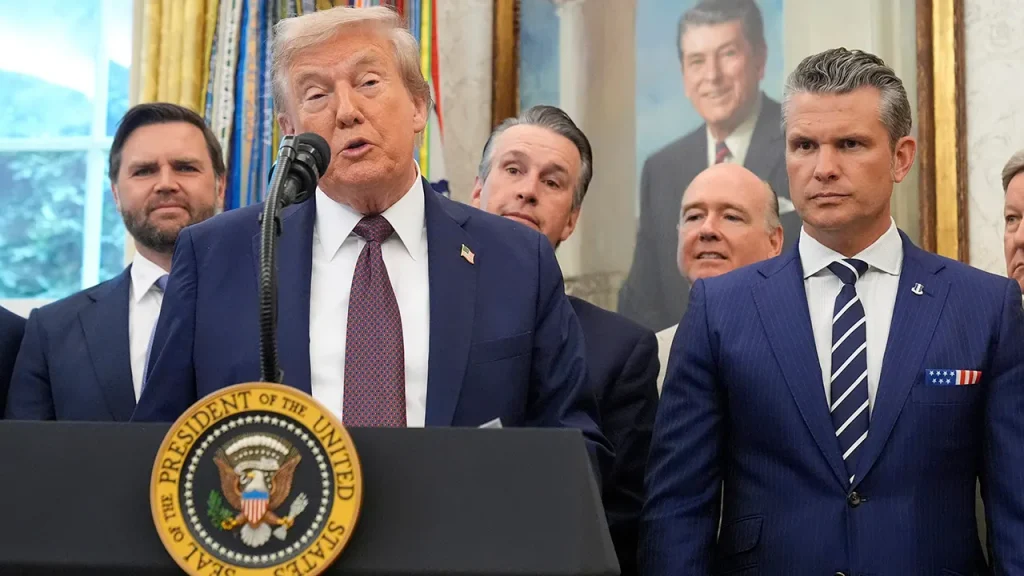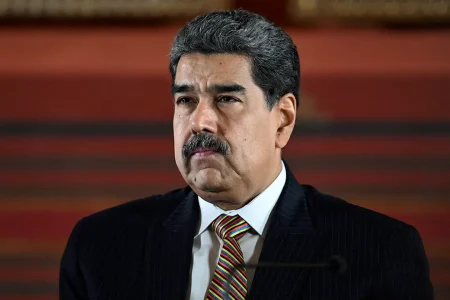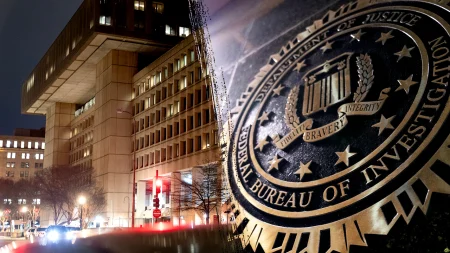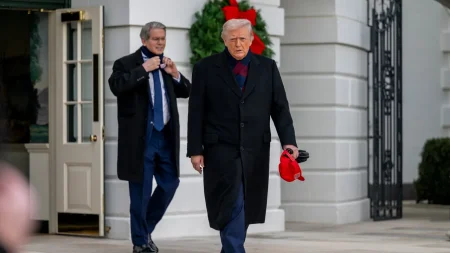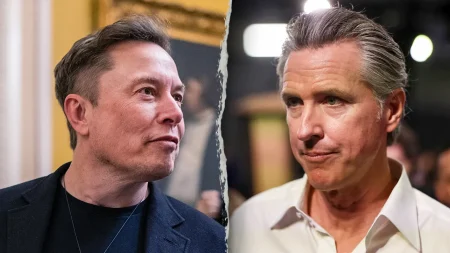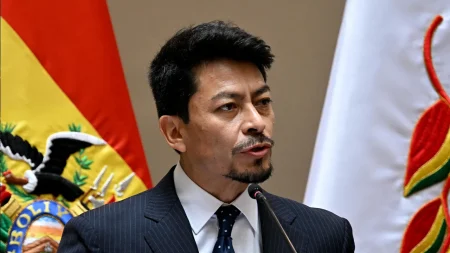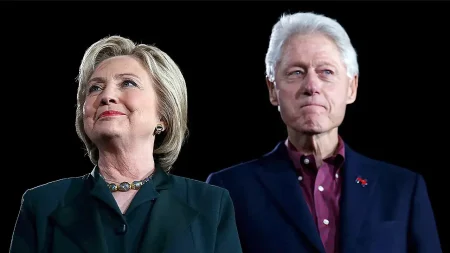Trump’s Digital Dominance and Media Relationships
In the age of constant connectivity, Donald Trump continues to leverage his online presence with remarkable effectiveness. Recently addressing health rumors on Truth Social with a defiant “NEVER FELT BETTER IN MY LIFE,” Trump demonstrated his characteristic bluntness in confronting speculation about his well-being. Such rumors, while dismissed by CNN as untrue, exemplify the media’s fascination with his every move. Trump’s absence for just a few days generates headlines, whereas similar disappearances by his predecessor went largely unnoticed. This stark contrast highlights Trump’s centrality to the current news cycle. Though he may experience normal age-related ailments—a bruised hand or swollen ankles—his recent three-hour-plus press conference certainly challenges any narrative about declining stamina. Still, increased medical transparency would benefit public discourse, especially given the scrutiny directed at his health and activities.
Trump’s combative approach to communication remains his signature style, a trait dating back to his days as a New York developer sparring with figures like Leona Helmsley. This confrontational stance extends beyond politics into various cultural realms, from advocating for Roger Clemens’ Baseball Hall of Fame induction to declaring parts of the Smithsonian too “woke.” He’s personally inserting himself into Kennedy Center Award selections after removing Democrats from the theater’s board. Most notably, Trump has intensified his rhetoric against media outlets, demanding that networks like ABC and NBC—both of which settled his lawsuits for substantial sums—lose their broadcasting licenses due to what he perceives as unfair coverage. This aggressive posture toward institutional media reflects his long-standing belief that he must fight back against perceived enemies and critics.
The president’s tendency to revisit old grievances manifests in his interactions with former allies turned critics. When Chris Christie criticized him on ABC, Trump immediately referenced the 2013 George Washington Bridge scandal, suggesting renewed investigation despite the fact that Christie was never charged and his aides’ convictions were eventually overturned. Similarly, his exchanges with Maryland Governor Wes Moore illustrate how quickly Trump can pivot from cooperation to confrontation. After initially offering support for rebuilding the collapsed Francis Scott Key Bridge with the promise “We’ll help you out,” Trump later threatened to reconsider funding following perceived slights from Moore. This pattern extends to his calls for racketeering charges against George Soros and his son for “support of Violent Protests,” demonstrating Trump’s willingness to suggest using governmental power against those he views as opponents.
Even casual conversations reveal the administration’s combative media approach. In one notable exchange, when Trump asked his spokesperson Karoline Leavitt about CBS’s Margaret Brennan, Leavitt replied, “She’s stupid. You can put that on the record,” with Trump adding, “She’s nasty.” The irony is that Brennan wasn’t even involved in the weekend’s programming that had apparently triggered these comments—she was off for the holiday while colleague Ed O’Keefe conducted interviews. This misattribution didn’t prevent the administration from criticizing CBS for allegedly editing out important content from a Homeland Security secretary interview regarding an MS-13 gang member who was also described as a human smuggler and child predator. These interactions reflect an administration often more focused on perceived media slights than accuracy in its critiques.
Interestingly, some traditionally critical voices have shown willingness to break ranks when Trump’s policies align with their concerns. MSNBC’s Joe Scarborough, typically no ally of Trump, criticized Chicago Mayor Brandon Johnson’s evasiveness about police funding and suggested Illinois Governor J.B. Pritzker should partner with Trump to address Chicago’s violence. Scarborough proposed a constitutional approach that respects federalism while allowing federal assistance in the city’s most dangerous areas. This pragmatic stance came in response to Johnson’s emphasis on constituent “dignity,” which Scarborough countered by stating, “Well, protect their lives! That’s protecting their dignity!” This moment of convergence highlights how even Trump critics can find themselves aligning with his focus on public safety when local leadership appears ineffective.
Despite Trump’s significance as arguably the most consequential president of the 21st century—from his aggressive foreign policy toward Iran to domestic initiatives addressing crime and immigration—media coverage remains predominantly negative. The press sometimes fairly reports on policy matters, such as proposed budget cuts to NOAA or reduced funding for satellite research, but often the coverage appears personally targeted regardless of Trump’s actions. This dynamic creates a polarized media environment where Trump supporters see biased reporting while critics view themselves as holding power accountable. The case of Atlantic journalist Ashley Parker illustrates this tension—after reporting critically on National Guard deployments in DC despite her own experiences with urban crime, she faced scrutiny from Trump supporters. This ongoing struggle between Trump and the media continues to shape American political discourse, with each side believing the other operates in bad faith, further entrenching the divisions that define this political era.
